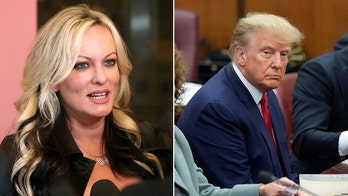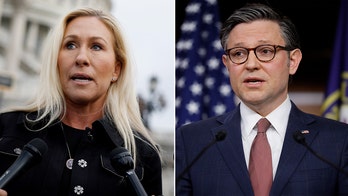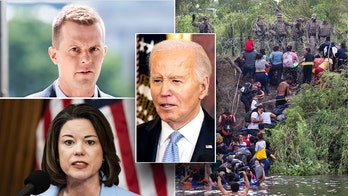Fox News Flash top headlines for March 9
Fox News Flash top headlines are here. Check out what's clicking on Foxnews.com.
Maryland Gov. Larry Hogan on Tuesday announced that the state will lift many of its coronavirus-related restrictions on indoor capacity of restaurants and businesses, travel limits and more, while leaving place the state's mask mandate.
Maryland will also continue to impose a capacity limit of 50% on large venues like stadiums, and diners will be required to be seated and distanced to be served. But the state is removing large amount of its pandemic-related rules after virus numbers in the state dropped precipitously from their peaks between November and January.
The pandemic is "far from over," Hogan said. But improvements in vaccines and health metrics "have enabled us to continue to follow the science and to be able today to take significant steps to further ease more of the mitigation measures that are currently in place," he added.
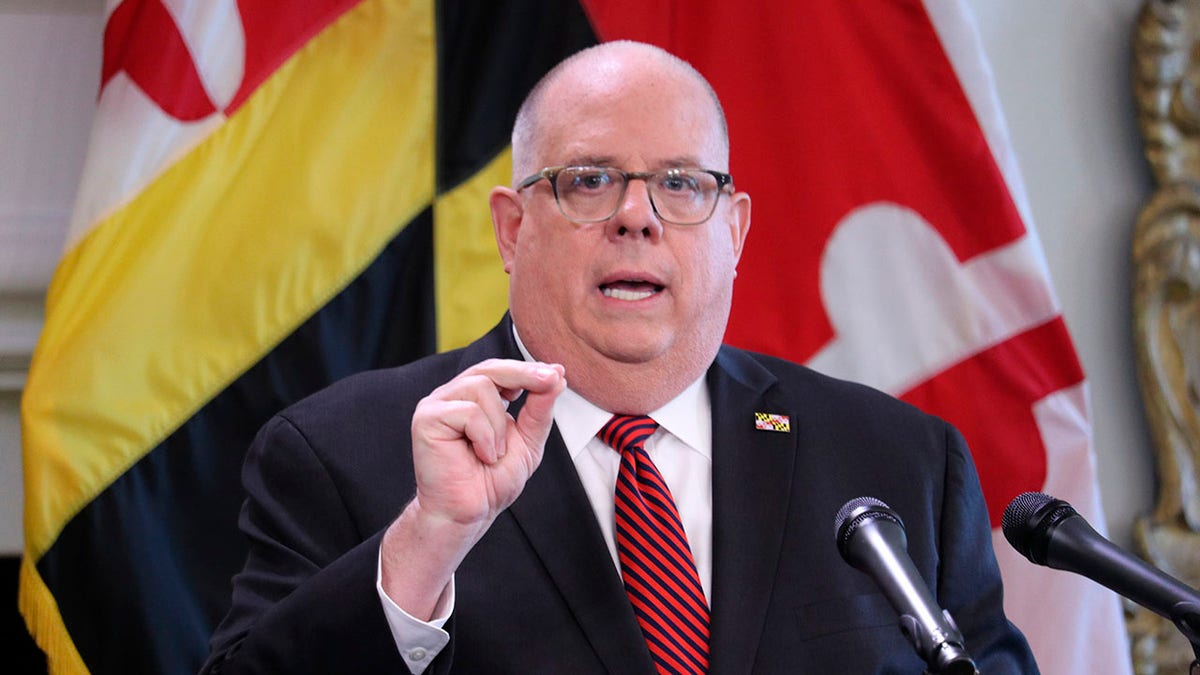
In this June 3, 2020 file photo Maryland Gov. Larry Hogan speaks during a news conference in Annapolis, Md. (AP Photo/Brian Witte, file)
Capacity limits on retail stores, fitness facilities, indoor recreation venues like bowling alleys, wedding venues, conference centers, and more are also lifted. Even with capacity limits lifted, Hogan said that businesses would still have to take some precautions.
"Masking, physical distancing and other safety protocols will remain in place for all indoor and outdoor businesses and establishments," Hogan said.
But, Hogan said, "[w]ith the pace of vaccinations rapidly rising and our health metrics steadily improving, the lifting of these restrictions is a prudent, positive step in the right direction and an important part of our economic recovery."
He also said that there is a strong chance for more lifting of restrictions in the near future.
"As we've marked one year of grappling with this deadly virus, many of us have been recalling our lasts. The last time we ate inside of a restaurant. The last time we celebrated a big occasion with family and friends," Hogan said. "In the weeks and the months ahead with continued vigilance together we will instead begin to mark new firsts."
He added: "Everything won't look exactly the same just yet. ... But there can be no doubt that we are closer to that light at the end of the tunnel."
"You can't be standing jammed into a bar. That's still against regulations," Hogan also said.
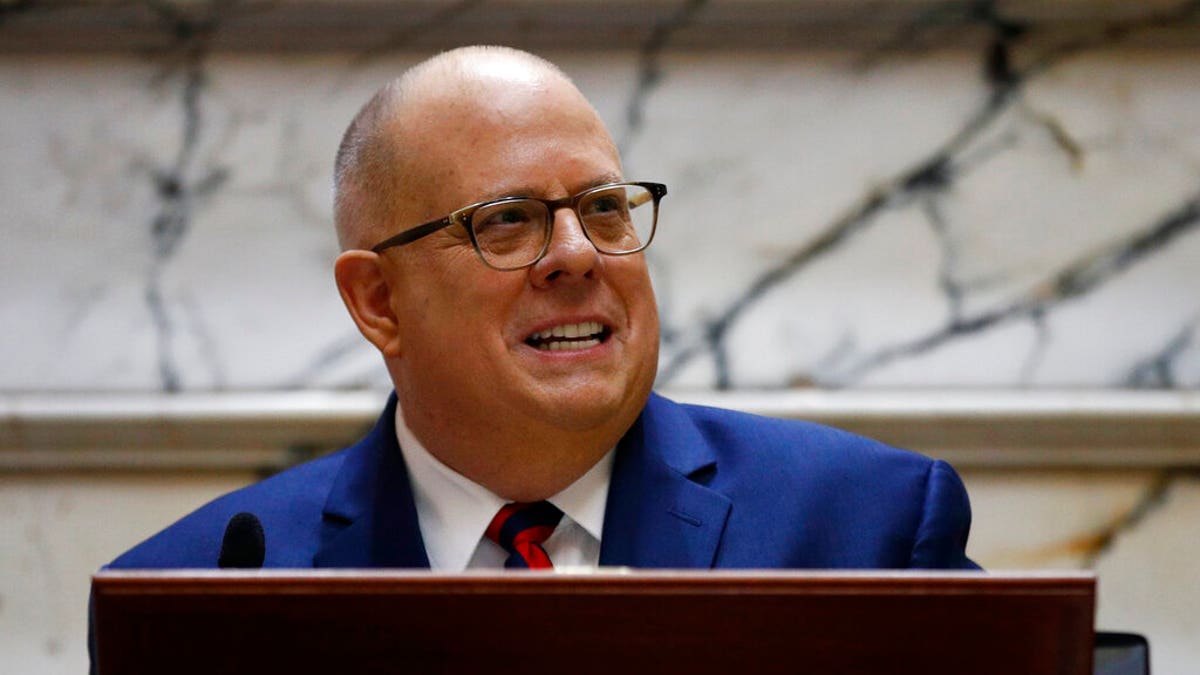
Gov. Larry Hogan delivers his annual State of the State address to a joint session of the legislature in Annapolis, Md., Wednesday, Jan. 30, 2019. (AP Photo/Patrick Semansky)
Former Centers for Disease Control and Prevention Director Robert Redfield, who is now a senior health adviser to Hogan, also pushed for school reopenings at the Tuesday press conference.
"Many school systems have successfully reopened in face-to-face learning since last summer," Redfield said. "And I want to applaud the progress the state is making to get all schools reopened. It is in the best public health interest of the K-12 students to get them back to face-to-face learning."
Hogan follows multiple other Republican governors in significantly rolling back coronavirus rules, most notably Gov. Greg Abbott of Texas who rescinded the state's mask mandate along with all of the state's virus-related restrictions. Mississippi Gov. Tate Reeves also lifted his state's mask mandate and began to allow businesses "to operate at full capacity without any state-imposed rules."
Hogan's rollback is more modest than those GOP governors'.
CLICK HERE TO GET THE FOX NEWS APP
The pandemic raised Hogan's profile as he was the chairman of the National Governor's Association (NGA) for the early stages of it last year. During that time Hogan was more willing to impose coronavirus-related restrictions than other Republican governors and at times would clash with former President Donald Trump over how seriously to take the virus.
But as the pandemic dragged on Hogan was more reluctant to put in place wholesale stay-at-home orders and mandates against gatherings in private residences than some Democrat governors were.
Major coronavirus lockdowns began approximately one year ago. Since then, more than 500,000 Americans have died from the virus.



